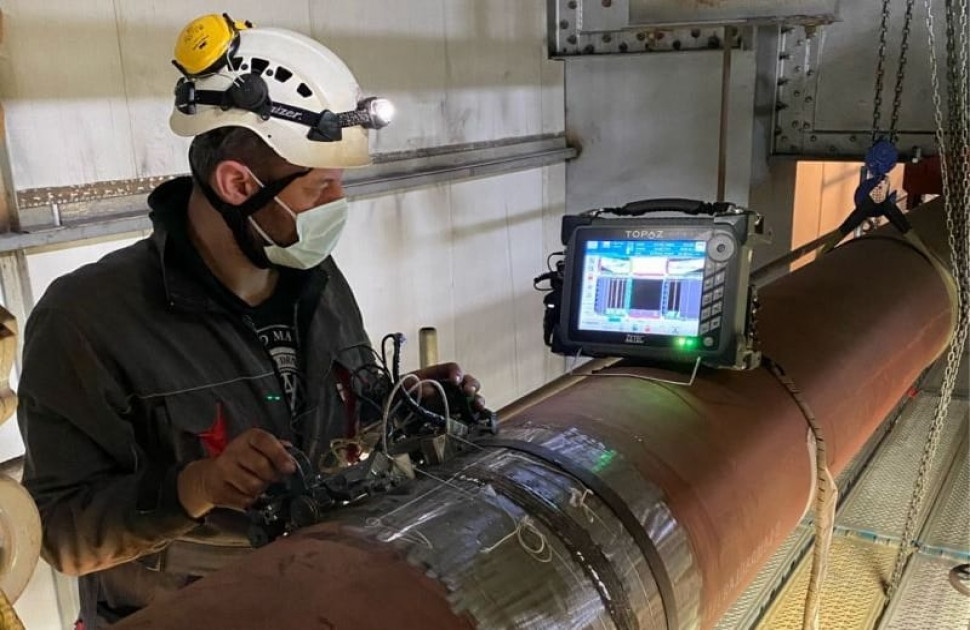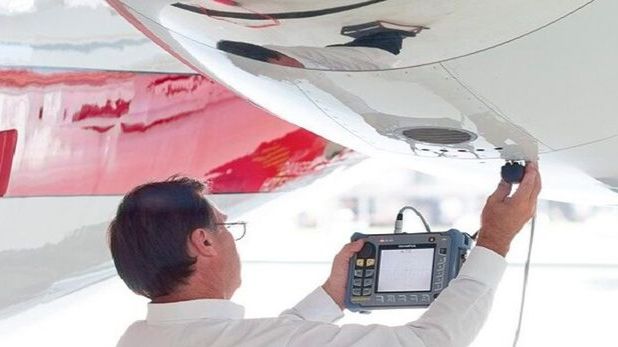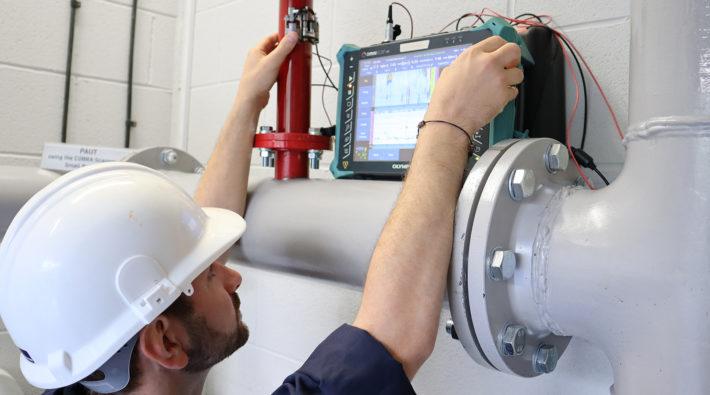In the realm of inspection tools, ensuring precision and accuracy is paramount. Yet, many professionals encounter common frequency mistakes in inspection tools that can compromise the effectiveness of their work. Understanding these mistakes is crucial for Industry QA Professionals who strive for excellence in their field.

Understanding Frequency in Inspection Tools
Before diving into the common mistakes, it’s important to grasp the concept of frequency in inspection tools. Frequency refers to the rate at which a tool or device operates during inspections, playing a critical role in determining the accuracy of the inspection results. For a deeper understanding, you can explore more about what is frequency in inspection tools.
Importance of Correct Frequency Settings
Setting the right frequency is vital. Incorrect frequency settings can lead to inaccurate data, resulting in flawed quality assessments. This not only affects the current inspection but can have long-lasting impacts on the entire production process.
Why Frequency Matters
The importance of frequency in inspections cannot be overstated. It affects the tool’s ability to detect flaws or defects accurately. For instance, in wind turbine inspections, precise frequency settings ensure the detection of even the smallest anomalies that could lead to operational failures.
Common Frequency Mistakes in Inspection Tools
Let’s delve into the common frequency mistakes that professionals often encounter:
1. Incorrect Calibration
Calibration errors are among the most frequent mistakes. Calibration ensures that the inspection tool operates at the correct frequency. Without proper calibration, the tool may provide inaccurate readings.
2. Ignoring Environmental Factors
Environmental conditions can affect the operation of inspection tools. Temperature, humidity, and other factors can alter the frequency at which tools should be set. Ignoring these factors can lead to errors.
3. Overlooking Software Updates
Regular software updates often include improvements in frequency settings. Overlooking these can result in using outdated frequency parameters, affecting the tool’s performance.
Strategies to Avoid Frequency Mistakes
Understanding common mistakes is the first step. Implementing strategies to avoid them is equally important.
Regular Calibration
Ensure that your tools are calibrated regularly. This practice helps maintain the accuracy of frequency settings and improves the reliability of inspection results.
Consider Environmental Conditions
Always account for environmental factors when setting frequency. Adjust the settings based on current conditions to enhance the accuracy of inspections.
Benefits of Correct Frequency Settings
Applying correct frequency settings yields numerous benefits, including:
Improved Accuracy
Accurate frequency settings enhance the precision of inspections, leading to better quality assessments and fewer errors in the production process.
Increased Efficiency
Proper frequency settings can increase the efficiency of inspection tools, enabling faster and more reliable inspections.
Cost Savings
Reducing errors through correct frequency settings can lead to significant cost savings by minimizing the need for rework and repairs.
Conclusion
Understanding the common frequency mistakes in inspection tools and implementing strategies to avoid them is crucial for Industry QA Professionals. By setting the correct frequency, professionals can ensure accurate and efficient inspections, ultimately enhancing the quality of their work. For further insights on frequency synchronization, check out how to synchronize inspection sensors.

FAQ Section
What is the impact of incorrect frequency settings?
Incorrect frequency settings can lead to inaccurate inspection results, affecting the quality assessments and potentially compromising the entire production process.
How often should inspection tools be calibrated?
It is recommended to calibrate inspection tools regularly, as specified by the manufacturer or based on the frequency of use, to maintain accuracy.
Can environmental factors affect frequency settings?
Yes, environmental factors such as temperature and humidity can impact frequency settings. It is important to adjust settings based on current conditions.
This article contains affiliate links. We may earn a commission at no extra cost to you.
